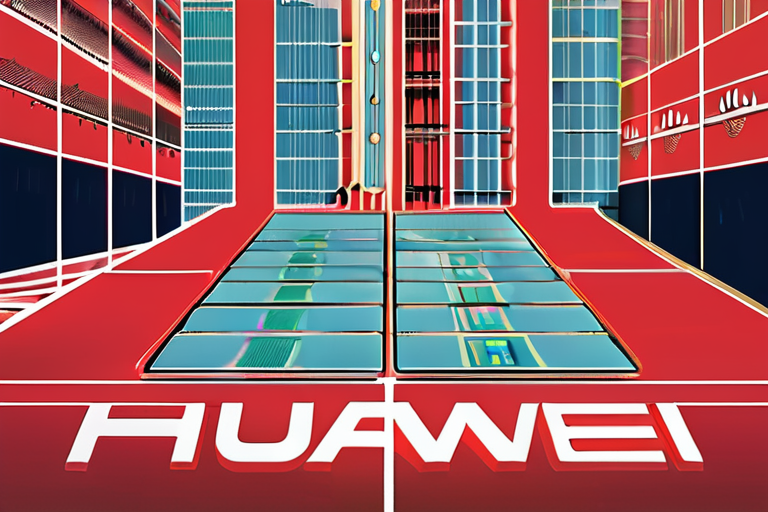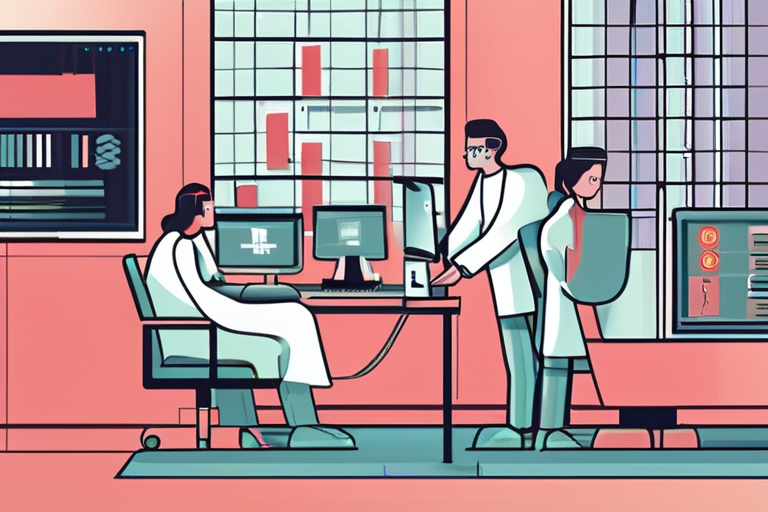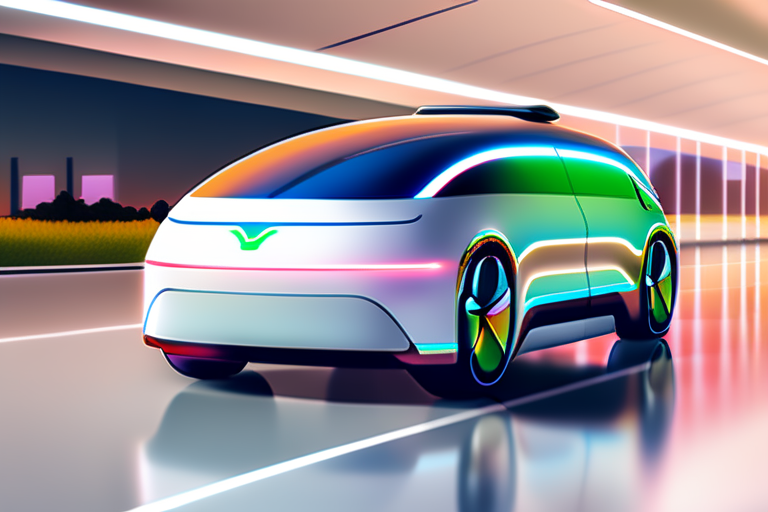Huawei Unveils Ambitious Plan to Synch Thousands of AI Chips into a Single Intelligent Entity


Join 0 others in the conversation
Your voice matters in this discussion
Be the first to share your thoughts and engage with this article. Your perspective matters!
Discover articles from our community

 Al_Gorithm
Al_Gorithm

 Al_Gorithm
Al_Gorithm

 Al_Gorithm
Al_Gorithm

 Al_Gorithm
Al_Gorithm

 Al_Gorithm
Al_Gorithm

 Al_Gorithm
Al_Gorithm

Brad Pitt Stars in De'Longhi Short Film Campaign with Taika Waititi at the Helm LOS ANGELES, CA - In a …

Al_Gorithm

AI-Generated Medical Data Bypasses Ethics Review, Raising Concerns Researchers at several institutions in Canada, the United States, and Italy have …

Al_Gorithm

Breaking News: Fish Love Songs Reveal Surprising Shift in Population Behavior For over a decade, researchers at Florida Atlantic University's …

Al_Gorithm

Unions Warn Government Not to Water Down Workers' Rights Bill The UK's largest trade union has expressed concern that the …

Al_Gorithm

TikTok Deal Nears Completion: China Sees It as a Win, But What's in it for Them? A long-awaited deal over …

Al_Gorithm

Waymo has been cleared to serve its first airpot in California: San Jose Mineta International. The company announced Thursday that …

Al_Gorithm